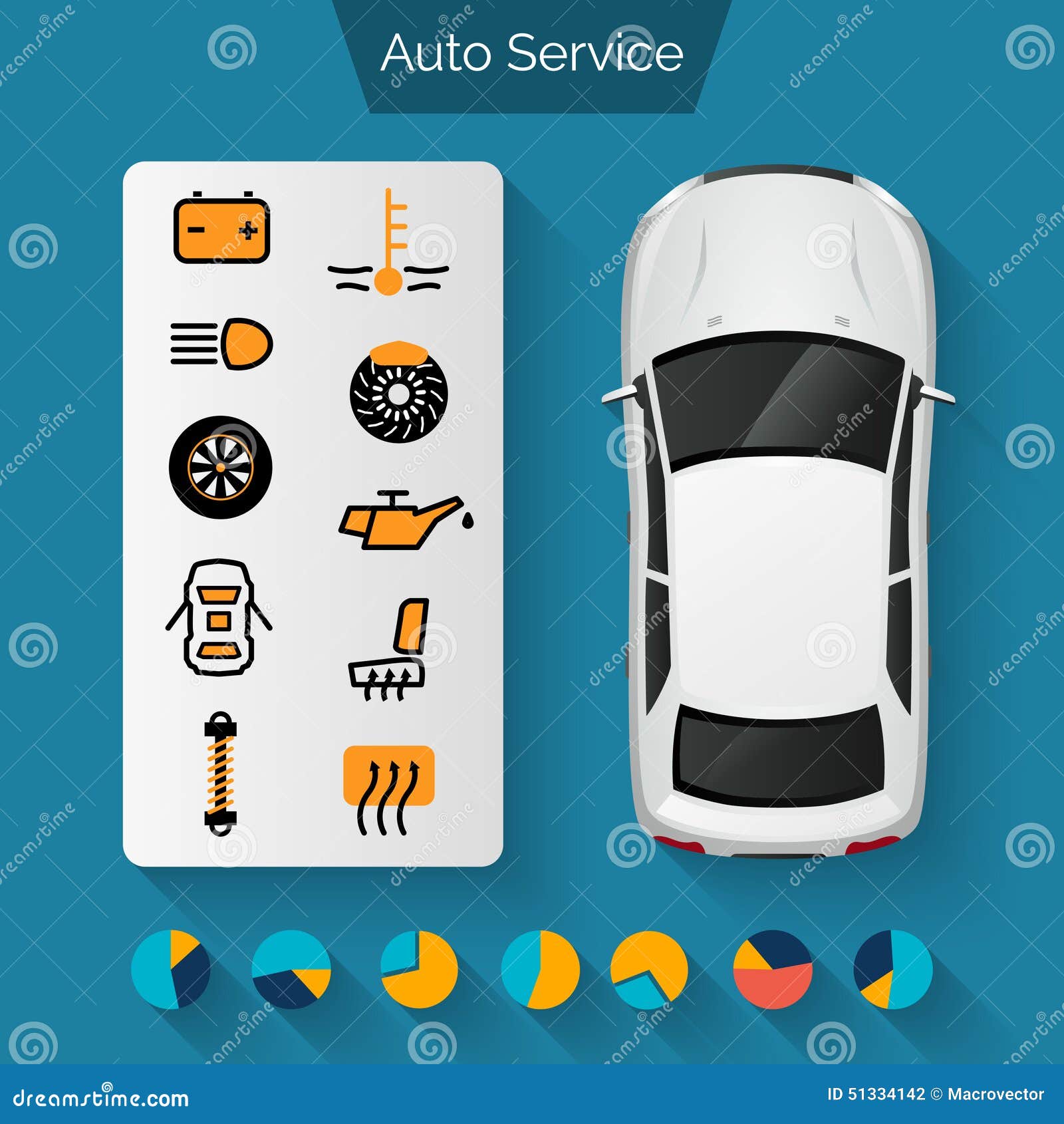When you're behind the wheel, those radiant caution lights on your dashboard can be a bit perplexing. Do you understand what they're attempting to inform you regarding your automobile's wellness? Understanding the significance of these lights is important for your safety and the longevity of your car. So, the following time one of those lights pops up, wouldn't you want to analyze its message accurately and take the needed actions to resolve it?
Common Caution Lighting and Interpretations
Recognize common warning lights in your car and understand their significances to make sure safe driving.
The most common caution lights include the check engine light, which signals problems with the engine or discharges system. If this light begins, it's critical to have your vehicle examined without delay.
The oil pressure advising light suggests low oil pressure, needing prompt attention to stop engine damages.
A blinking battery light could recommend a malfunctioning charging system, potentially leaving you stranded if not resolved.
The tire stress tracking system (TPMS) light notifies you to reduced tire stress, impacting vehicle stability and gas efficiency. Overlooking this can result in unsafe driving conditions.
The ABS light shows a problem with the anti-lock stopping system, endangering your capacity to stop quickly in emergency situations.
Lastly, the coolant temperature level advising light warns of engine getting too hot, which can cause extreme damages otherwise dealt with promptly.
Comprehending these common caution lights will certainly aid you address concerns promptly and keep safe driving problems.
Importance of Prompt Attention
Understanding the typical caution lights in your auto is only the primary step; the relevance of quickly addressing these cautions can't be emphasized sufficient to guarantee your security on the road.
When a warning light brightens on your dashboard, it's your vehicle's means of communicating a prospective concern that needs interest. Disregarding these cautions can cause more extreme problems later on, jeopardizing your security and potentially costing you extra in repairs.
Trigger interest to cautioning lights can prevent failures and accidents. As https://www.hometownsource.com/sun_current/community/edina/kevin-kee-closes-auto-shop-after-28-year-run-in-edina/article_59c3b0fc-4e80-11ec-a265-338dcaa4e9e2.html , a flashing check engine light can indicate a misfire that, if left ignored, might create damage to the catalytic converter. Addressing this without delay can conserve you from an expensive repair service.
Likewise, a brake system cautioning light could signal reduced brake fluid or worn brake pads, critical parts for your safety and security when driving.
Do It Yourself Troubleshooting Tips
If you discover a caution light on your control panel, there are a few DIY fixing tips you can attempt prior to seeking expert assistance.
The very first step is to consult your cars and truck's handbook to recognize what the specific caution light suggests. Sometimes the concern can be as simple as a loose gas cap causing the check engine light. Tightening the gas cap may settle the issue.
Another usual problem is a reduced battery, which can set off various cautioning lights. Examining the battery links for corrosion and guaranteeing they're safe and secure might deal with the problem.
If a caution light continues, you can try resetting it by separating the cars and truck's battery for a couple of minutes and then reconnecting it. Additionally, inspecting your lorry's fluid levels, such as oil, coolant, and brake liquid, can assist repair warning lights connected to these systems.
Conclusion
Finally, understanding your cars and truck's caution lights is crucial for maintaining your vehicle running smoothly and safely. By quickly addressing https://autofrontsuspension95172.actoblog.com/31826375/disclosing-the-fundamentals-of-a-first-class-automobile-repair-shop-experience and recognizing what they indicate, you can stay clear of pricey repair work and prospective break downs.
Keep in mind to consult your auto's guidebook for certain details on each advising light and take action appropriately to guarantee a trouble-free driving experience.
Remain informed, remain safe when traveling!
